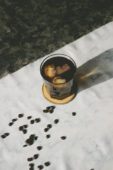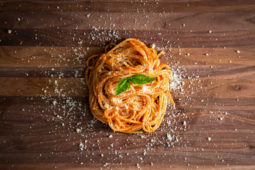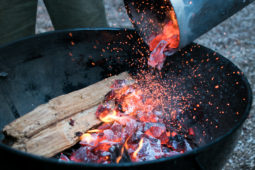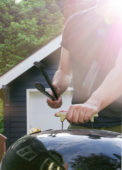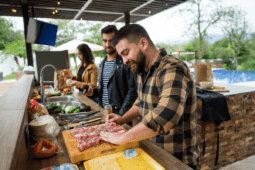How to Drink Tequila Like a You Know What You’re Doing: Unless You Live In Mexico, You’re Probably Drinking It Wrong
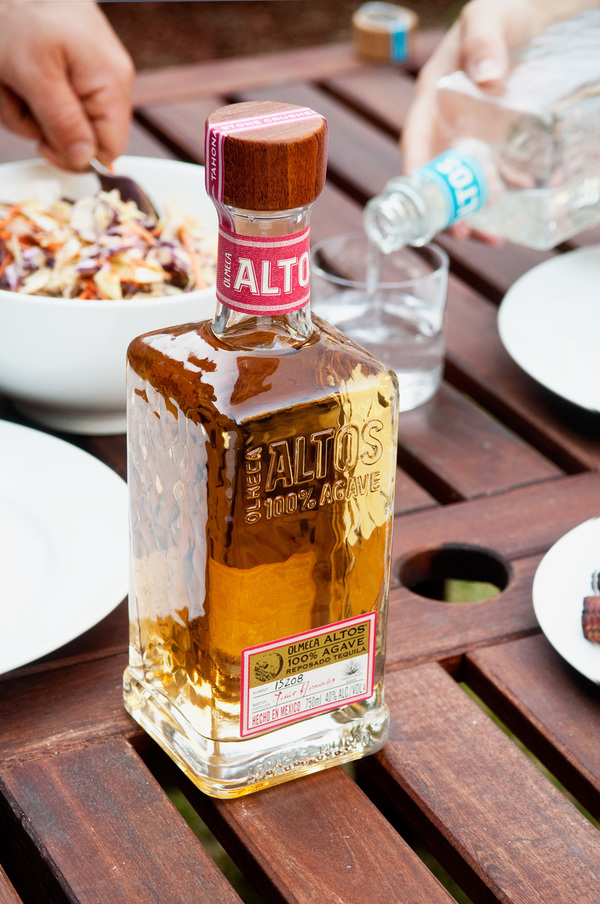
We’re wrapping up our series on tequila with a post that, arguably, should’ve been the first to go up: a discussion of the basics. This spring we teamed up (deliciously) with Olmeca Altos Tequila to talk about all things tequila: a spring cocktail + popcorn snacks, Cinco de Mayo (a Moscow Burro, we called it), a margarita smackdown (hint: make ’em right we’ll come find you!), rules for a weekend getaway, and salsa-party hosting tips.
But what is tequila exactly? And where does it come from (Mexico, obviously, but, like, where … in history)? Today I’ll try to answer those questions. And since nothing goes better with newfound knowledge than newfound drink recipes, we threw in a few of those too.

What exactly are we sipping on here?
Tequila, like Champagne or Burgundy, is a region-specific beverage, made from the fermented and distilled sugars of the Weber blue agave plant. Contrary to common belief, the blue agave is not a cactus at all, but in the lily family, and is related to asparagus.
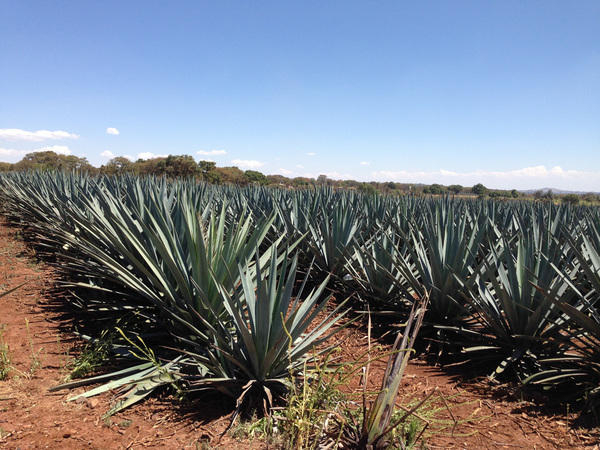
The word “tequila” comes from the Tequila region in the Mexican state of Jalisco, which likely derives from an Aztec phrase that translates to “the place where plants are harvested,” or “the place where work happens.” So there’s a craft, a plant, and a place all built into the product’s name and identity.

The agave are planted in the rich volcanic soil in the tequila region, and grow for six to eight years before harvesting. When they’re mature, they’re harvested by skilled jimadors, who strip the heart of their spiny leaves with a coa, a sharp blade at the end of a long pole. This sugar-rich heart of the plant is known as the piña, named for its pineapple-like appearance once the leaves have been cut.
After the piñas are harvested, they’re brought back to the distillery, where they’re cooked to develop the sugars. Once crushed, they’re fermented in vats, and then distilled. Following distillation, the resulting clear liquid is known as blanco or plata tequila and is bottled within days. If that same young tequila is aged in whiskey barrels (for a few months, and up to two years), it’s deemed reposado, or “rested.” Anything aged over one year becomes añejo, and some very old, very aged tequilas earn the title of extra añejo.
Olmeca Altos Tequila is grown and harvested in the heart of Los Altos, the highlands region 7,000 feet above sea level in the western part of Jalisco.
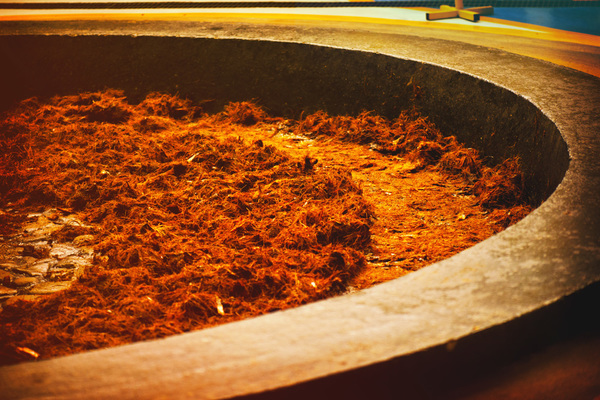
It is one of the few producers still using the 500-year-old traditional Tahona method as part of the process, where the cooked agave are crushed with ancient, and very, very heavy, stone wheel.
How to Really Appreciate a Good Tequila
While most of us probably first encountered tequila mixed in a sugary neon slushie that has unfortunately replaced the concept of a properly made margarita, or worse, in a shot glass surrounded by salted skin and lime wedges, the truth is: both of those concepts are pretty foreign to traditional tequila culture in Mexico. There, tequila is not frozen nor slammed, but rather, enjoyed the way all fine spirits should be: sipped.
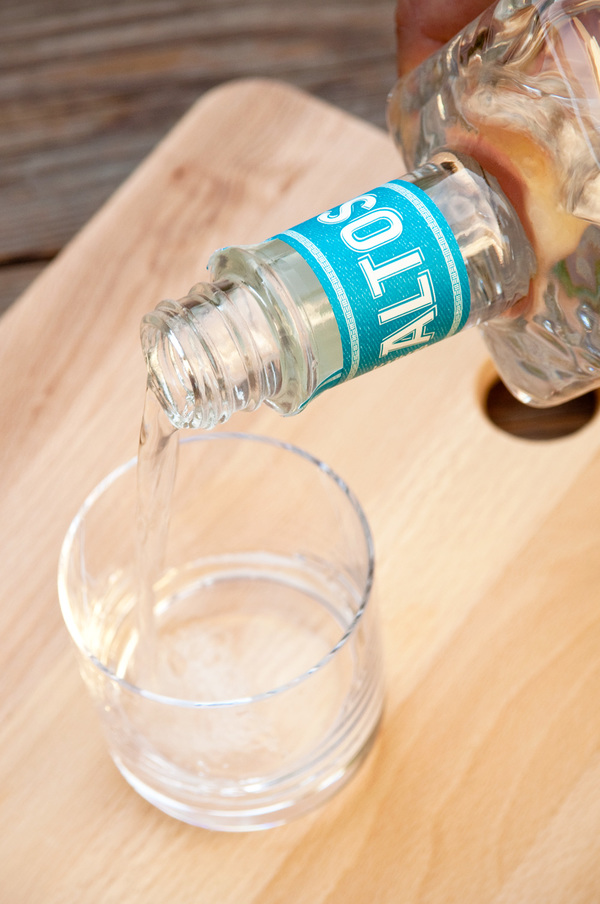
The lime and salt numb the mouth, so you don’t actually get to taste the character of the tequila. If you’re drinking some cheap nonsense, maybe that makes sense, but you, ManMade reader, would never do such a thing, right!? Let’s promise to stick to 100% agave tequilas, shall we? Those are meant to be savored. If you don’t want to taste what’s in the glass, why are you drinking it?
While small glasses known as caballitos (little horses) are sometimes used, the serving is not “shot,” but enjoyed in small tastes and served neat, without mixers or ice. A large, heavy rocks glass also makes a great vessel for tasting the complexity of tequila, and the official glass designated by the by the Consejo Regulador del Tequila is a tall, stemmed cordial glass that most resembles a champagne flute.

So, try a taller, high quality shot glass to sip if you’d like, but feel free use a rocks glass, wine glass, champagne flute, or even a Glencairn-style whiskey glass or brandy snifter.
When small tasting portions of tequila are enjoyed, they do come with lime, but it’s nothing like a sliced wedge you would mash with your teeth. Instead, fresh lime juice is served in a tequila completo, the ultimate way to taste fine tequila at a local tequila bar. Here, a caballito each of tequila and lime juice is accompanied by one filled with sangrita, or little blood, so named for its vibrant red color.
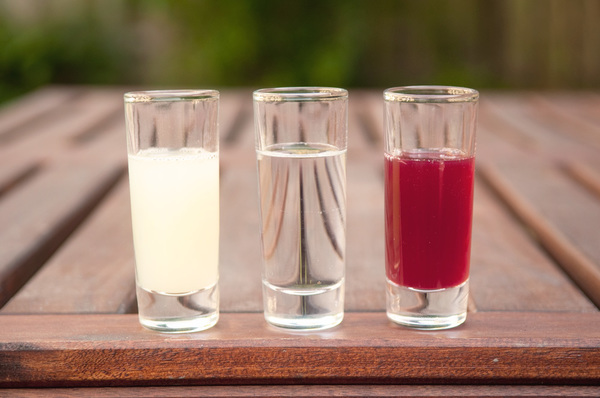
Together, the green lime juice, white tequila, and red sangrita make up the colors of the Mexican flag; in other words, a very festive, patriotic way to enjoy a tequila tasting. The sangrita and lime juice are sipped in between enjoying the agave as a way to cleanse the palette, and, if you ask us, that makes everything all sorts of better.
The authentic recipe for sangrita is a combination of orange, lime, and pomegranate juices with a little kick from dried chiles. A more modernized (and Americanized) version gets its red color from tomato juice and hot sauce, and often a dash of Worcestershire sauce or Jugo Maggi, quite resembling a Bloody Mary cocktail base.
Whether you’re down with the traditional or the contemporary, they’re both super tasty, so here’s our recipe for both versions:
Pomegranate Sangrita (Serves 4)
- 4 oz. pomegranate juice
- 1 oz. orange juice
- 1/2 oz lime juice
- 4 pinches pure chile powder, such as ancho or pasilla
Combine the juices and mix. Pour into four small glasses and top each with a pinch of chile powder.
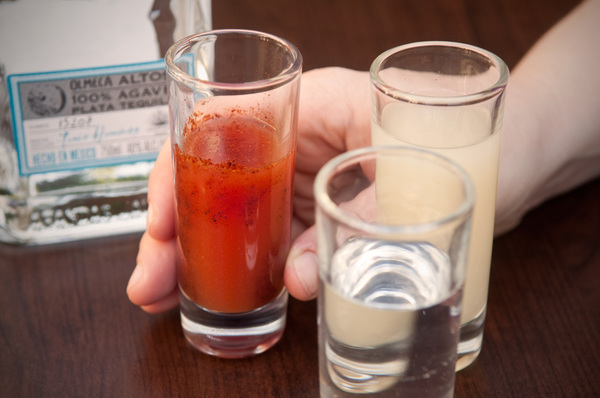
Tomato Sangrita (serves 4)
- 4 oz tomato juice
- 1/2 teaspoon Thai fish sauce
- 1 oz fresh lime juice
- 1 oz fresh lemon juice
- 1 tsp sugar
- 7-8 dashes Cholula hot sauce
Combine all the ingredients and stir well to combine. Serve in individual caballito glasses.
When and Where to Enjoy Your Tequila
In the United States, we still live by the nine-to-five culture, where we enjoy spirits as a way to relax after work and before dinner. But in parts of Mexico where the Spanish-style siesta culture is practiced, tequila is often enjoyed with lunch, before heading home and taking rest. After that, people return to work until later in the evening, enjoying a dinnertime meal around 9:00pm.

Whether savored with lunch or dinner, tequila, like most great things in life, is meant to be enjoyed with food: everything from light snacks at the local pub to a full-on homemade meal. And ideally, both food and spirit are enjoyed in the company of others, whether friends, family, co-workers, or the smiling face sitting next to you at the bar.
In the U.S., the margarita reigns supreme, but in Mexico, when tequila is enjoyed in a cocktail, the most popular is the paloma – a vibrant, sparkling mix of grapefruit, lime, tequila, and salt. (Get the ManMade paloma recipe here). If you don’t know this classic, you’ve got to try it. 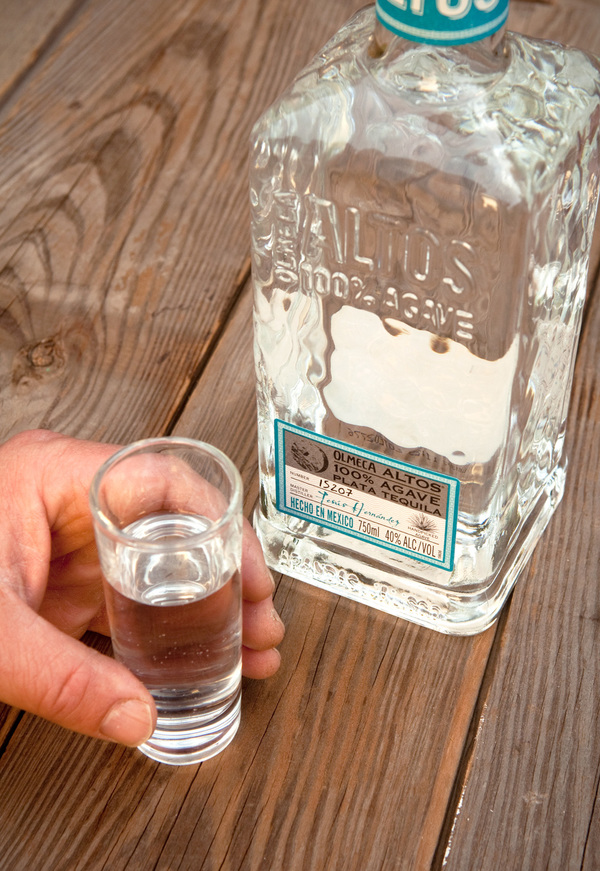
And of course, whenever possible, enjoy it outside, especially in these long, warm days of summer.
Recipes
If you’ve made it through all that culture and history, it’s time to enjoy a little. Once you’ve mastered the tequila completo with sangrita recipe above, it’s time to try a cocktail. And since you now know what plata, reposado, and añejo mean, we’re sharing a recipe that takes advantage of the unique flavor profile of each.
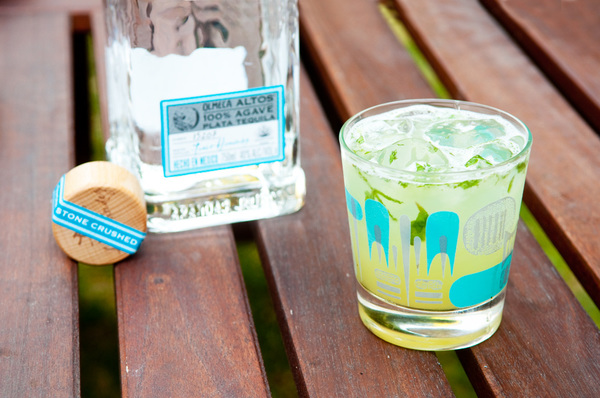
El Pepino Mas Fino
- 2 oz Altos Blanco
- 1 oz cucumber juice
- 1.5 oz fresh lime juice
- 1 oz simple syrup
- 2 dashes lemon or orange bitters
- Sparkling water
- Garnish: fresh mint
Bright, bracing, and bursting with the flavors of summer. Make the cucumber juice by peeling and seeding a cucumber and pureeing in a food processor or blender. Strain to remove the pulp. Measure out the first five ingredients with a few mint leaves and shake hard over ice. Strain into an iced rocks glass and top with a splash sparkling water. Garnish with extra mint.
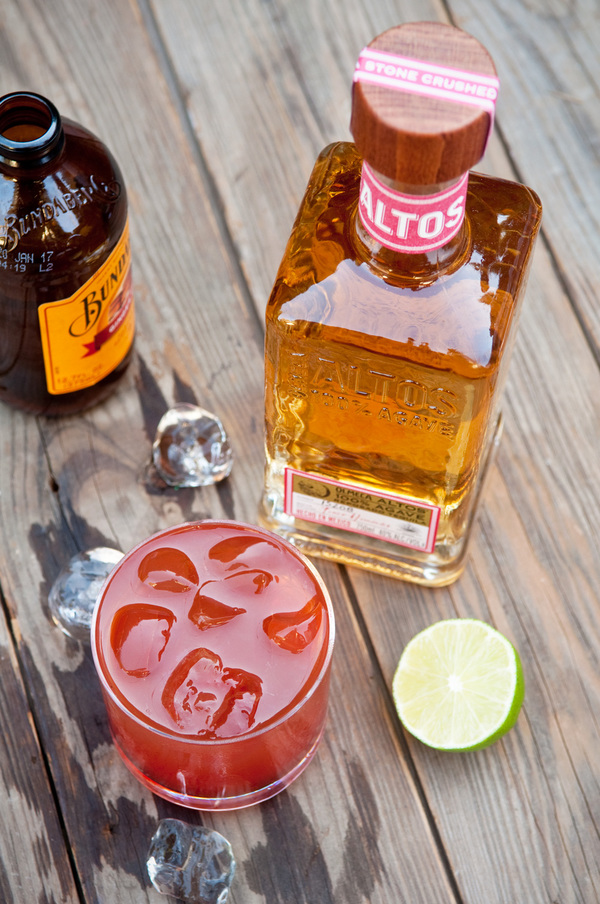
El Jengibre
- 2 oz Olmeca Altos Reposado
- ½ oz fresh lime juice
- ½ oz pomegranate juice
- ¼ oz agave nectar
- 4 dashes Angostura bitters
- 2 oz ginger beer
The list of ingredients might make this seem like a complicated cocktail, but it’s super easy to put together. Measure out 2 oz Altos Reposado and pour into a shaker. Squeeze in half a lime, a splash of pomegranate juice, a small squirt of agave nectar, and the bitters. Shake with ice, then serve in an iced rocks glass. Top with ginger beer.

Arranque Ahumado
- Large swath orange peel
- 2 dashes orange bitters
- 2 oz Olmeca Altos Añejo
- 1 oz Smokey Tea Syrup (recipe below)
Do just a bit of prep work ahead of time, and you and your friends can sip these all evening long. First, make the smokey tea syrup by combining the sugar and water and bring almost to a boil, stirring to dissolve the sugar. Remove from the heat and add the teas bags and spices, and let steep until cool. Then build the cocktail, Old Fashioned style, in the glass.
Smokey Tea Syrup: One cup water, one cup granulated sugar, 4 lapsang souchong tea bags, 4 allspice berries, 2 cloves. Bring all ingredients to a boil them remove from heat, cover, and let steep for one hour.
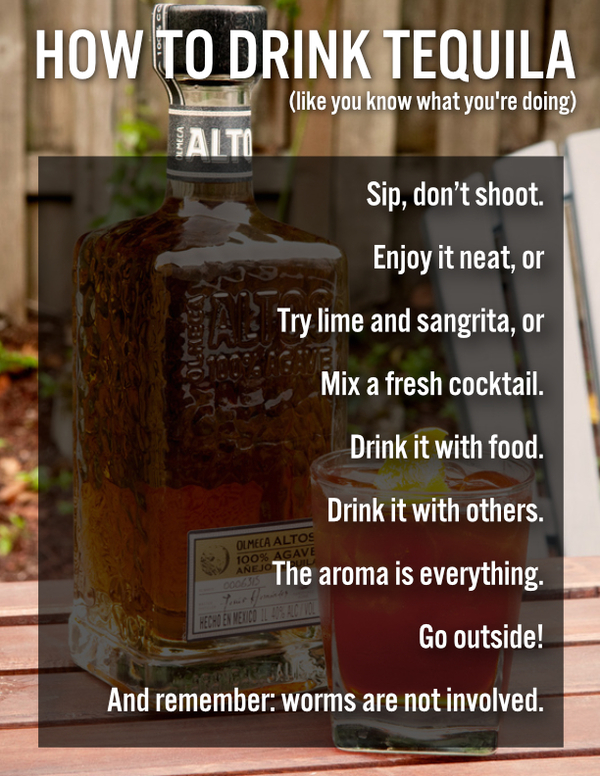

This post was sponsored by Olmeca Altos. Thanks for supporting the brands that make ManMade possible.

